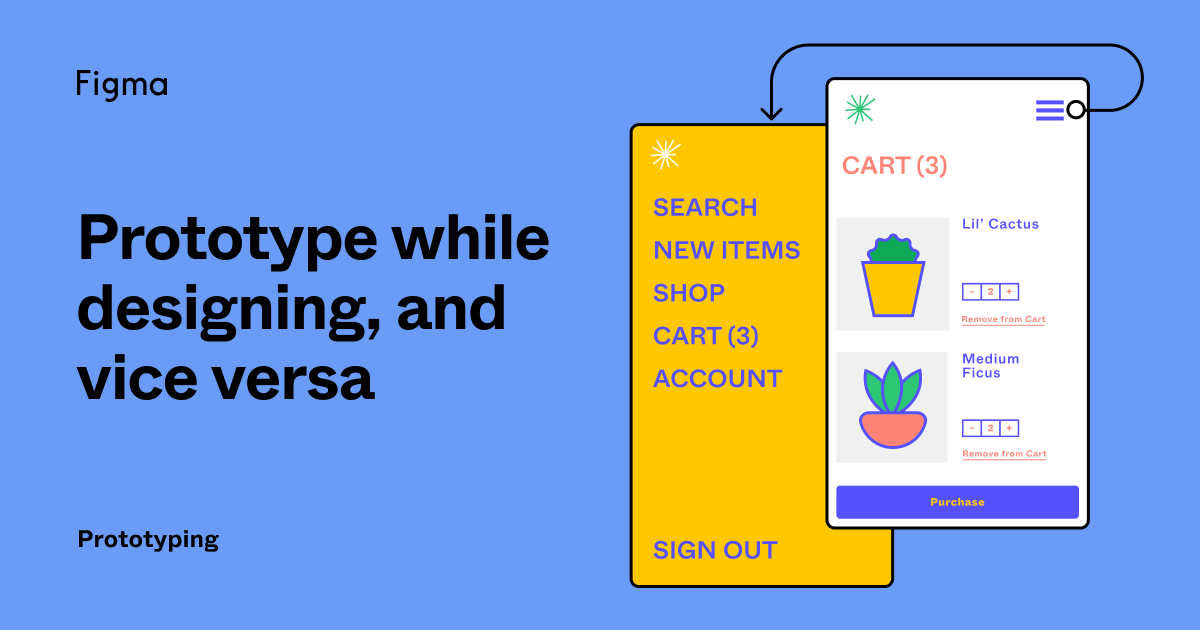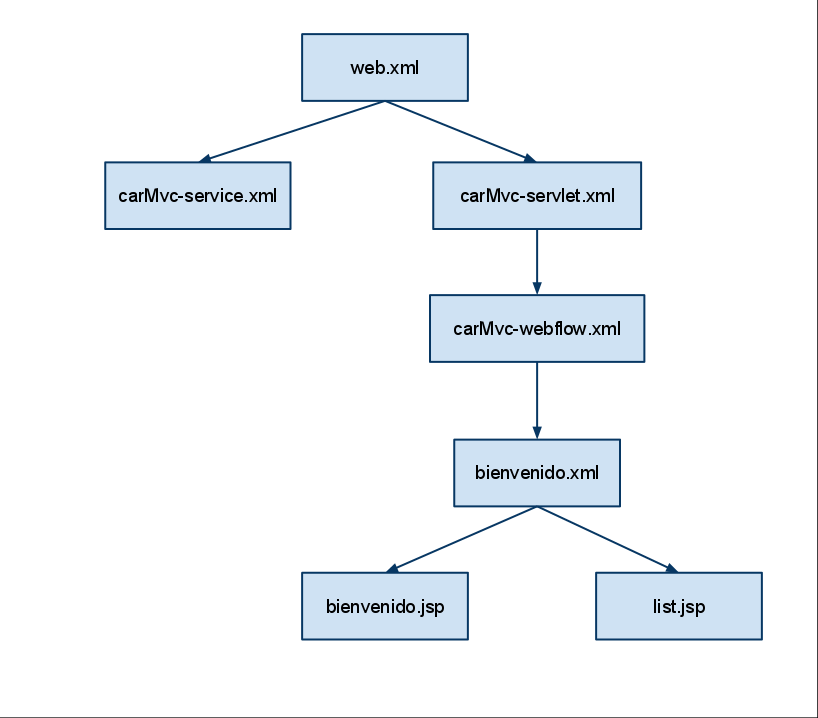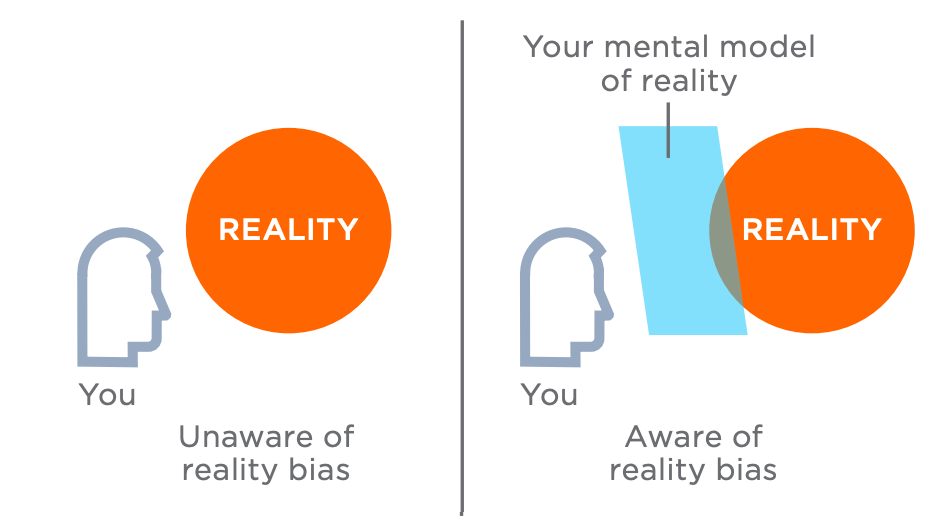
Both business owners and the public need to be familiar with the basics of web development and design. To create a successful website, form and function must be combined in harmony. This article will discuss HTML, CSS, JavaScript and Responsive website design. This article should give you some knowledge about these areas. We hope you are inspired to explore more. And if not, consider reading up on HTML, CSS, JavaScript, and Responsive web design.
HTML
HTML code is used for web design. Its structure, tags and order tell web browsers what to display. Web developers wrap content in a way that the visitor prefers. Basic HTML tags determine font size, background color, and basic formatting choices. Using the right HTML tags can make your web page look beautiful and professional. You will learn HTML for web design in the following sections.
CSS
HTML is the most common markup language for web pages layout. CSS is the language that styles the content of websites. CSS differs from HTML in that it defines the presentation styles of a page rather than just its content. HTML uses tags for structuring content and selectors for block statement syntax, while CSS specifies the exact location and style of content. CSS is the language that defines the style and appearance of a website. It also determines the font sizes and other design elements.

JavaScript
JavaScript, a scripting language like JavaScript, is becoming more popular in web development. These languages allow you to create rich UI components such as tabs, accordions and pop-ups. JavaScript is becoming increasingly popular for inbrowser games. There are hundreds to choose from when it comes JavaScript game engines. Backbone and JawsJS are the most widely used. The language was developed by Brendan Eich, who was then working at Netscape.
Responsive web design
Responsive web design consists of three components: flexible layouts (or media queries), media templates (or media templates), and media queries (or media templates). These three components can be used to create layouts that are responsive to screen sizes and orientations. Flexible layouts use relative length units like percentages or em for common grid property values. Smart solutions can sometimes be used to solve problems with mobile devices. However, these solutions don't always yield the desired results.
Wireframes
The wireframe is an important tool when designing websites. This visual blueprint shows how your website will work, what pages will have each element, and how users will move around the site. It is important that you understand the purpose of wireframes and how to use them. These are some ways to make wireframes more effective. Keep reading to learn more. Make sure you fully understand the process before you begin to design your website.
HTML markup
HTML markup is the basis of a website design. It includes four main components. These are tags, character-based data types, entity references, and stylesheets. HTML tags are often used to refer only to one element. HTML also supports multi-language content, and most web browsers can recognize them. These are the most commonly used HTML. We will be discussing a few in detail in this article.

HTML vs CSS
In web design, HTML and CSS have their pros and cons. HTML is an essential tool for web development. CSS however is more powerful and can be used to accomplish complex design tasks. HTML can be used without any restrictions, but CSS requires that you format your HTML properly to make it compatible with different browsers. HTML is the most widely used language today, despite both having their advantages and disadvantages. It also improves website speed and is compatible with many devices. HTML is easy to understand and works with all browsers.
HTML vs JavaScript
Many people are curious about JavaScript's performance in web design. Fortunately, there are many advantages to both. HTML creates the website's basic structure, while JavaScript provides programming functionality. Both languages can manipulate and create objects based on user input. Both HTMLScript and JavaScript come with different types tags and functions. JavaScript supports object-oriented programming techniques and prototypal inheritance. JavaScript allows programmers access to data in a variety different ways.
FAQ
WordPress is a CMS.
Yes. It is a Content Management System (CMS). CMS allows you control your website content using a web browser and not an application like Dreamweaver, Frontpage or Frontpage.
WordPress is free! Hosting is all you need, and it's usually free.
WordPress was initially intended to be used as a blog platform. Now, WordPress offers many different options: eCommerce sites, forums. Membership websites. Portfolios.
WordPress is simple to install and configure. To install WordPress, you will need to download the installer file from their website. Once it is downloaded, upload it to your server. Then, you simply visit your domain name through your web browser and log in to your new site.
After installing WordPress, it's necessary to register for a username. Once you log in, you will be able to access your settings from a dashboard.
This is where you can add pages or posts, images and links to them. This step can be skipped if editing and creating content is easy for you.
You can, however, hire a professional Web designer to handle the whole thing if your preference is to work with another person.
Can I use a framework or template on my website?
Yes! Many people use pre-built templates or frameworks when creating a website. These templates provide all the code necessary to display information on your site.
Some of the most popular templates include:
WordPress - one of the most popular CMSes
Joomla - Joomla is another popular open-source CMS
Drupal - An enterprise-level solution for large companies
Expression Engine - a proprietary CMS from Yahoo
Hundreds of templates are available for each platform, so finding the right one should be easy.
What is a responsive website design?
Responsive Web Design (RWD), is an approach to designing responsive websites. Content will display correctly on all devices, such as smartphones, tablets, laptops, tablets, and desktop computers. This allows users the ability to view a website simultaneously on different devices and still have access to other features like navigation menus, buttons, and so forth. RWD aims to ensure that every user who views a site is able to view it on any screen size.
You would, for example, want to make sure that a customer can view your website even on a mobile device.
A responsive site will automatically adjust its layout based on the device being used to view it. Your laptop will view the website exactly as a normal desktop site. But, the page will appear differently if you view it on your phone.
This means you can make a website that looks amazing on all types of devices.
What is Website Design Software and How Does It Work?
Graphic artists, photographers, illustrators, and writers use website design software to create websites and other digital media.
There are two types of website design software available: cloud-based and desktop apps. Desktop apps are installed locally on the computer. You will need to install additional software. Cloud-based applications are hosted on the internet. This makes them great for mobile users.
Desktop Applications
While desktop applications offer more advanced features than those in cloud-based solutions, they aren't always necessary. Some people prefer to only use a desktop program because it is easier and more convenient. Others prefer the same tool, no matter if they are using it on a mobile device or a laptop.
Cloud-Based Solutions
Cloud-based solutions are a great option for web designers looking to save time and money. These services enable you to edit any document from anywhere with an internet connection. This means you can use your tablet to do some work while you wait for your cup of coffee to brew.
If you decide to go with a cloud-based service, you'll still need to purchase a license for the program. You won't need to purchase additional licenses if you upgrade to a later version.
You can use these programs to create web pages if you own a copy of Photoshop, InDesign, Illustrator, or another Adobe product.
How Much Does it Cost to Create an Ecommerce Website?
It depends on which platform you choose, and whether the freelancer is employed directly or through a service provider. The average eCommerce site starts at $1,000.
Once you have chosen a platform, expect to pay between $500 and $10,000.
If you're planning on using a template, you probably won't pay more than $5,000. This includes any customization you need to make to fit your brand.
Can I use HTML & CCS to build my website?
Yes, you can! It is possible with basic knowledge of web design, programming languages like HTML (Hyper Text Markup Language), CSS (Cascading style Sheets), and HTML (Hyper Text Markup Language). These languages enable you to create websites that are accessible to anyone with an internet connection.
Statistics
- In fact, according to Color Matters, a signature color can boost brand recognition by 80%. There's a lot of psychology behind people's perception of color, so it's important to understand how it's used with your industry. (websitebuilderexpert.com)
- It enables you to sell your music directly on your website and keep 100% of the profits. (wix.com)
- Is your web design optimized for mobile? Over 50% of internet users browse websites using a mobile device. (wix.com)
- It's estimated that in 2022, over 2.14 billion people will purchase goods and services online. (wix.com)
- Studies show that 77% of satisfied customers will recommend your business or service to a friend after having a positive experience. (wix.com)
External Links
How To
Drupal 7 Web Design Guide
Drupal is today's most popular Content Management System (CMS). It was created by Dries Buytaert, a Belgian developer. The name of the site is derived by Dirk Buijtewaard's surname and Pierre d'Herbemont's surname. Drupal was opened source in 2005. Since then there have been many versions. Drupal is widely used today by companies and websites around the globe.
Drupal is popular because of many reasons. It's easy to use and free to download. It is simple to customize and expand. Third, it is very well documented. Fourth, forums and IRC channels provide great support. It is also extensible through modules. Sixth, it supports multiple languages. It can be easily customized. Eighth, it is scalable. It is safe. Tenth, it is reliable. Finally, it is supported and maintained by the community. Drupal is a great choice for your next project because of all these factors.
You might be wondering what makes Drupal unique from other CMSs. It is easy to answer. Drupal is an open source content management system. Drupal is free and open-source content management system. Drupal gives you total control over your website. You can add or remove pages, change colors, fonts, images, videos, etc.
Drupal is an option for those who lack the technical skills required to create websites. You don't need programming knowledge to create your website. To use Drupal, you only need to understand the basics. After that, you'll be able customize your website according to what you need.
Drupal also offers many pre-built themes as well as plugins. These plugins are a great way to enhance the functionality of Drupal. To gather contact information from your visitors, you could use the Contact Form Module. Also, you can use Google Maps to display maps on your website. Drupal comes with thousands of pre-made templates. These templates give your website a professional look.
Drupal's flexibility is another advantage. Drupal is extremely flexible. You can add new modules to your site or even replace them without worrying about compatibility. If you need to integrate social media in your website, it can be done quickly. You can also set-up RSS feeds, email subscriptions, etc.
Drupal is customizable. Drupal allows you to add custom fields and forms, manage your users, and many other features. Drupal allows you to create complex layouts.
Drupal is stable and reliable. Drupal is both stable and scalable. Also, it offers excellent security features. Drupal is well worth looking into if you are looking for a web development platform that works.